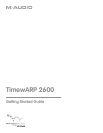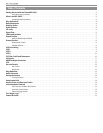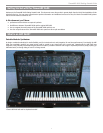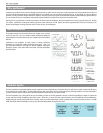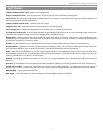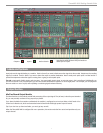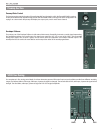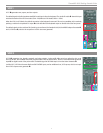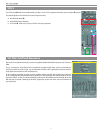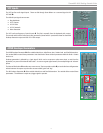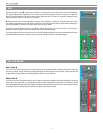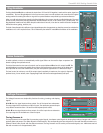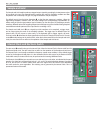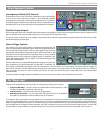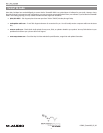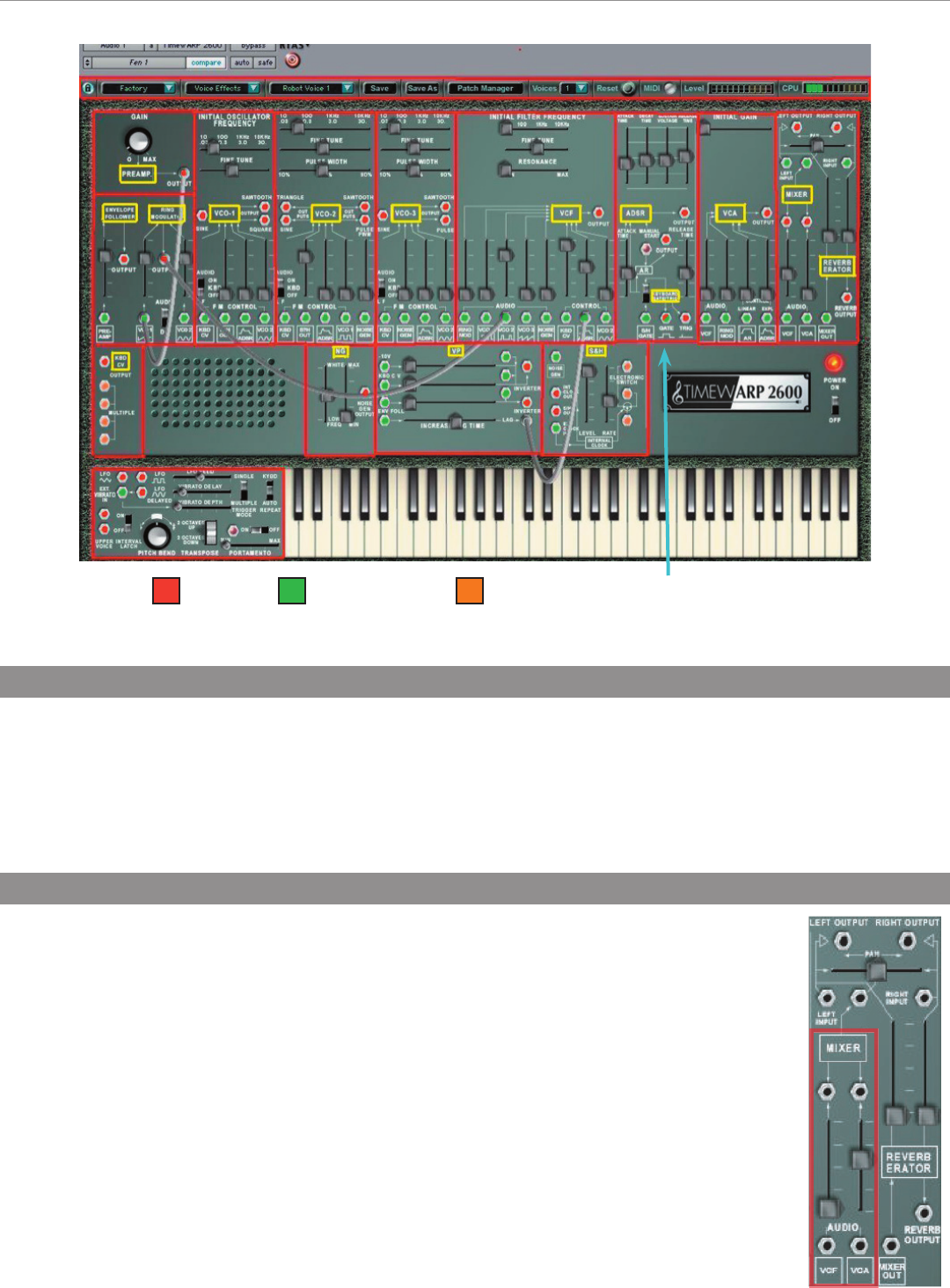
TimewARP 2600 Getting Started Guide
7
Outputs = Inputs = Mult or Switch =
Labels and Symbols
Input jacks are the signals feeding to a module. Patch in these if you want to feed some other signal into the module. Outputs are the resulting
signal of a module. Patch in these if you want to divert the output to another destination. Next to nearly each patch point is a label and/or a
symbol that represents where the signal is coming from or going to at that patch point.
The rule: outputs patch
ONLY
to inputs, and vice-versa. You cannot patch input to input, or output to output—this is not allowed. Additionally, you
can mult or stack in or out of a patch point; you can send several simultaneous signals in or out of single points. For example, you can plug more
than one cable in or out of a jack, and so splitting or combining signals where necessary.
Output Section
Mix/Pan/Reverb Output Module
The three functions in this module provide final processing of the output signal. That, at least, is what they are intended
for; you may actually use them for any purpose you please.
If you leave the default connections undisturbed, the module is configured as a two-input Mixer, which feeds a Pan
Control and a Reverb unit, which are themselves mixed to feed the final left/right system output channels.
(Tip: if you don’t turn up the mixer faders, you won’t get any sound!)
When the TimewARP 2600 is configured for mono operation, this section omits the Pan control and provides only one
output channel.
Note that the ADSR section’s GATE jack works as
either input or output.



